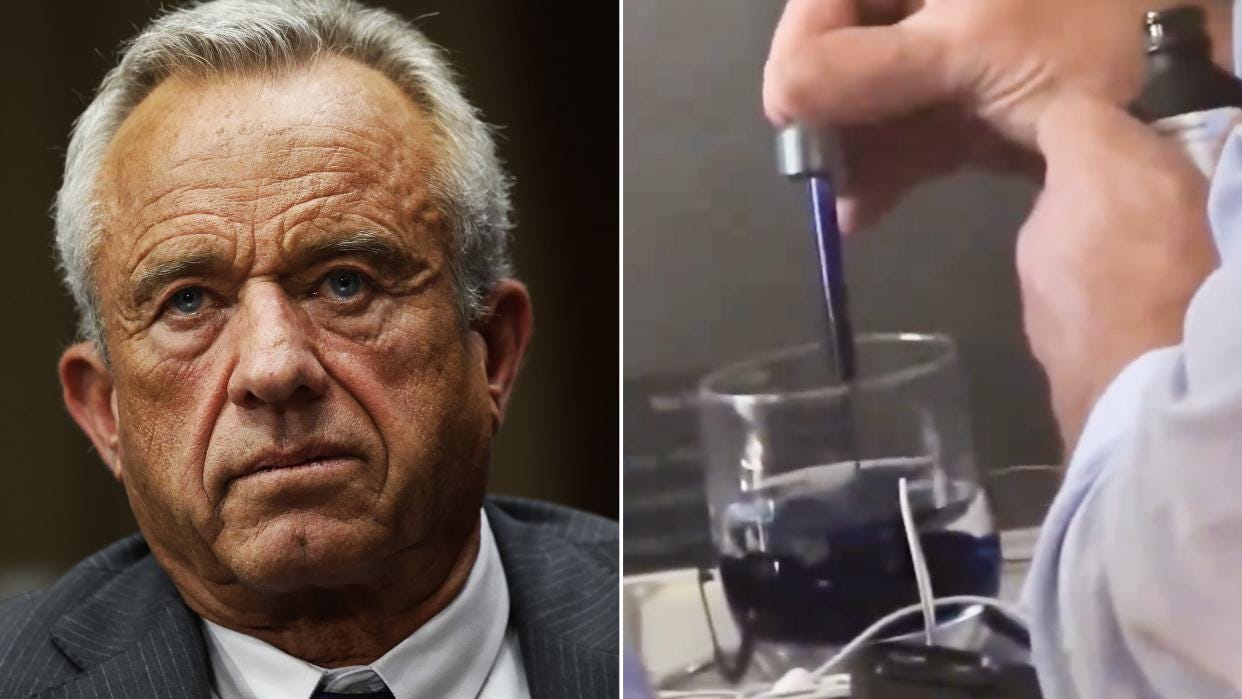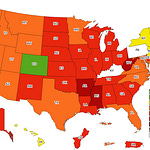With the increasing awareness surrounding petroleum-based, industrial synthetic dyes, it seems like the perfect time for a public service announcement—especially for those who are rethinking what we put in our bodies.
California has recently passed legislation banning six synthetic dyes—Blue 1, Blue 2, Green 3, Red 40, Yellow 5, and Yellow 6—set to take effect in 2027. This move is part of a larger shift away from petroleum-derived additives in the food supply.1
Now, here’s something worth considering: Methylene blue, a compound currently gaining popularity in the wellness community as a cognitive enhancer and anti-aging agent, shares its origins with these same industrial petroleum-based dyes.
Chemical Structures: Note some differences of opinion for charge delocalization for methylene blue.2
Methylene blue (MB) and its reduced form, leuco methylene blue (LMB), were first synthesized in the late 19th century from coal tar, specifically from aniline, one of the original coal-tar dyes. These are aromatic amines, and while coal tar isn’t the source anymore, today’s versions are made from petrochemical feedstocks like benzene—a mainstay of petroleum refining.
Structurally, methylene blue is a heterocyclic aromatic compound—built around multiple benzene rings and a sulfur atom. It's a far cry from natural, even if it’s being repackaged as a sleek mitochondrial “hack.” I’ll agree, you won’t find methylene blue sloshing around in crude oil, but its building blocks come straight from the fossil fuel playbook.
If you’ve spent even a few minutes scrolling through wellness content, you’ve probably seen little blue pills or droppers full of cobalt-colored tincture — pitched as a cognitive enhancer and anti-aging elixir. A mitochondrial miracle and detox, but first made to stain fabrics—and later, microbes—but that doesn’t stop certain public figures, like RFK Jr., from reportedly using it as part of their personal health regimens.
Methylene blue is not new. In fact, it’s one of the oldest synthetic petroleum-based compounds in medicine. It is FDA-approved for a rare condition called methemoglobinemia (yes, met·hee·muh·glow·buh·nee·mee·uh)—a blood disorder where oxygen delivery is impaired—and has also been explored for treatments in malaria and even neurodegenerative diseases. There is more recent data in its use for diagnostics. It has real pharmacology. Real applications. Real history. Real science.
As a toxicologist, I’m all about safety and mechanisms. And sure, methylene blue does have some fascinating things it can do at the cellular level. But recognize where emotional manipulation is showing: When a synthetic compound—rooted in petroleum refining and industrial chemistry—becomes the latest wellness craze, it forces us to question the logic behind the demonization of others. How is it that we recoil at petroleum-derived dyes in our food, yet eagerly embrace a petroleum-derived compound in our supplements? Is it possible you’re being swept into a trend, manipulated by the very terms that sound ominous—petroleum, industrial, synthetic?
What’s especially concerning is that methylene blue is being marketed without clear dosing guidelines or established purity standards. The double standard is hard to miss. Don’t get me wrong—there is safety data behind methylene blue—but the hypocrisy is hard to ignore.
Let’s keep this short, just because something is blue… doesn’t mean it’s magic. And just because it’s marketed well… doesn’t mean it’s safe.
Stay safe out there…
AB 2316, known as the California School Food Safety Act, bans synthetic food dyes in school meals and snacks in public schools across California. The law, signed by Gavin Newsom, will prohibit schools from offering, selling, or otherwise providing food containing these dyes, starting July 1, 2025. This ban applies to all public schools, including those operated by school districts or county offices of education, charter schools, and state special schools. https://legiscan.com/CA/text/AB2316/id/2976632
Putting on my chemistry hat: there are ongoing debates about its charge delocalization and resonance structures for methylene blue. While traditionally depicted as having delocalized electrons in its aromatic rings, there is controversy over the extent of this delocalization, particularly in solution versus solid-state forms. Some argue that the electron density is more localized than commonly represented, especially at specific atoms like nitrogen and sulfur, while others maintain that the molecule’s redox properties depend heavily on delocalized electron distribution, especially during its transitions between oxidized and reduced states. Computational models further complicate this, with different quantum chemistry methods producing varying results about the extent of charge delocalization.
The biological implications of methylene blue’s electronic structure also remain contentious. Its role in redox reactions is central to its therapeutic effects, but whether charge delocalization directly influences its pharmacodynamics or if other factors, like protein binding, are more significant, is debated. Additionally, methylene blue’s solvatochromism—its color change depending on solvent—has led some to suggest that this is linked to electron delocalization, while others propose that solvent-specific interactions play a more substantial role. These unresolved issues highlight the complexity of methylene blue's chemical behavior, with significant ongoing research into its molecular properties and biological interactions. <searching for best reference here, just one of many below>
Fun observation via PubChem - as a solid, it’s reported as dark green crystals?
Cwalinski T, Polom W, Marano L, Roviello G, D'Angelo A, Cwalina N, Matuszewski M, Roviello F, Jaskiewicz J, Polom K. Methylene Blue-Current Knowledge, Fluorescent Properties, and Its Future Use. J Clin Med. 2020 Nov 2;9(11):3538. doi: 10.3390/jcm9113538. PMID: 33147796; PMCID: PMC7693951. https://doi.org/10.3390/jcm9113538 “Methylene blue is used in countless clinical procedures with a relatively low risk for patients.”













